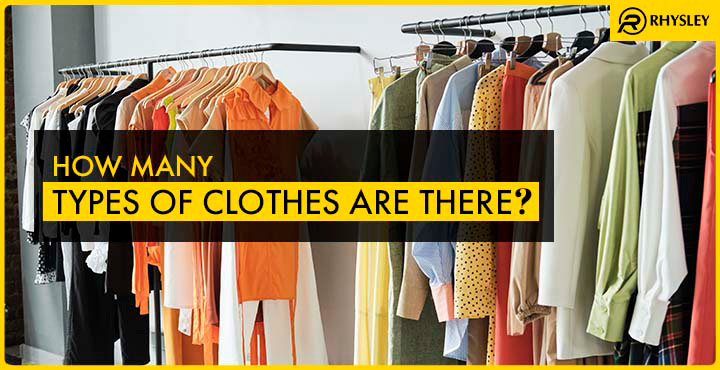
How Many Types of Clothes Are There?
Clothing plays a part in everyday life. People wear different clothes for work, rest, fun, and weather. Clothes help show identity, give comfort, and suit occasions. Across the globe, the styles change. Some follow culture, while others follow trends. Some clothes help in heat, others in cold. Some give ease, some look sharp. Each piece has a role.
How Are Clothes Categorized?
Clothes often fall into groups. These include casual, formal, traditional, and functional types. Casual clothing gives ease, used for daily wear. Formal pieces fit special or work events. Traditional wear links to culture or region. Functional types give safety or help with tasks. Fabric, design, and purpose sort them. One may see how fabric fits weather. Another sees how design fits body shape. Meaning or history also plays a role.
Types of Clothes for Different Demographics
In the case of women, options vary. The types of clothes for women include dresses, blouses, skirts, tunics, jeans, and activewear. Some prefer wrap dresses, others go for palazzos. Office, events, or gym—each asks for a fit.
For men, the mix includes suits, shirts, polos, jeans, and sportswear. The types of clothes for men range by use. One may wear formal shirts at work, then switch to joggers at home.
Children dress in simple, flexible clothes. The types of clothes for kids suit play and growth. From t-shirts to rompers, clothes aim to be safe and soft. Teens tend to follow trends. The types of clothes for teenagers often mirror pop culture or personal taste. Hoodies, ripped jeans, and graphic tees are popular.
Clothing for Different Occasions
What one wears changes with place and event. The types of clothes for different occasions include smart suits for weddings, jeans for casual hangouts, jerseys for sports games, and ethnic wear for festivals. Each moment has a style to match.
Seasonal Clothing Types
Weather plays a big role in picking clothes. The types of clothes for different seasons shift with heat and cold. Summer brings cotton, shorts, and tank tops. Winter brings wool, jackets, and scarves. Some months need layers. Light sweaters or windcheaters work best.
Traditional Clothing Around the World
The types of traditional clothing around the world show rich roots. Japan has the kimono. India shows the saree and kurta. Scotland wears kilts. Nigeria has the agbada. These outfits show art and history. Patterns, fabrics, and stitching hold meaning. Some wear them daily, others just on events.
Clothing for Different Body Types
Fit matters. The types of clothes for different body types help highlight shape and offer comfort. A-line skirts help pear shapes. V-necks suit round faces. High-waist jeans give form. Clothes balance and enhance. Body comfort beats just trend.
Read More : Different Types of Pants for Women
What Is the Difference Between Casual and Formal Clothes?
The casual vs formal clothing debate looks at fit, fabric, and mood. Casual wear is easy, like jeans and tees. Used for home or outing. Formal wear stays neat and made for events or office. This includes tailored suits, long gowns, or dress shirts. Both serve purpose, but one feels laid-back while the other shows polish.
Why Do People Choose Certain Clothes?
Choices come from weather, need, event, or mood. One may dress light for sun, or layer up in chill. Some dress to stand out, others to blend in. Jobs, schools, and homes also set rules. Clothes mix style, need, and identity.